Caring for our coarse fish
Just in case you missed all the social media chatter a few weeks ago, I thought it’d be worth mentioning again that my review of Mark Everard’s important new book River Habitats for Coarse Fish has now been published on the Fallon’s Angler website.
As I said in my introduction…
In these days when all the funky river menders are talking about catchment-scale processes, natural flood management, and even rewilding with beavers, it’s feeling rather rare to find a book that’s just about fish. More to the point, it’s even rarer to find a book that’s just about coarse fish, and that’s exactly the point of this one.
Here in the UK, I think we can fairly say that river restoration for the benefit of salmonid species has made most of the running for the last 20-plus years.
There’s probably a whole tangle of reasons for this. Many coarse fish do use habitat in similar ways to trout and salmon, but they grow more slowly, so it can take a discouragingly long time to see results – and anyway, the Environment Agency has always been liberal with annual stockings of little chub, dace, roach and barbel from Calverton fish farm.
Maybe, too, it’s because lots of the problems affecting the barbel and bream zones of our rivers are actually much more systemic and culturally ingrained than problems in the troutier headwaters. As Mark writes in River Habitats for Coarse Fish:
Even classic art from the nineteenth century portraying idyllic river scenes often depicts destructive forces. One such well-known example is John Constable’s 1819 painting, The Hay Wain, in which the wagon that gives the painting its title is being driven along the bed of a river, cottages and roads are built right up to the bank top, wooden-shuttered banks displace the natural riparian habitat, the floodplain is converted for agriculture, and the banks are excessively trampled by stock.
In fact, many classic English landscape paintings depict bucolic vistas in which rivers are disconnected from their floodplains (often with some bank reinforcement or trampling) and the river channel is plied by heavy boats, blocked by weirs, mills or locks, or is otherwise in a condition that may be culturally meaningful yet is very far from natural. Our modern perception of rivers, even in such classically idyllic depictions, differs substantially from the truly natural environments in which fish evolved.
Today, thanks to the modern catchment-based approach to river management (spawned by the European Water Framework Directive) everyone’s looking at our waterways in a much more holistic way, and scientists and anglers alike are starting to apply the knowledge that coarse fish often want to move around river systems just as much as better-known migratory game species.
For instance, I’ve just read this timely article by my colleague Chris Gardner at the South East Rivers Trust, in which he reveals his research on a school of bream that clearly wanted to migrate staggeringly long distances in very short spaces of time:
During my PhD in 2006, I tracked the movements of 80+ adult common bream (4-7lb) over four years in a long 40 km reach of the Lower River Witham, a very uniform fenland river in Lincolnshire. My bream were tightly shoaled and relatively immobile in a deep tributary off the main river at the upstream extent of the reach during the winter, moving short distances of, on average, about <5 km a month, up and downstream.
In the spring, they became highly mobile moving on average 30 km a month utilising the entire length of the river available to them, with one individual moving over 120 km in a single month! At this time they were visiting shallow tributaries off the main river, before using these for spawning in late May / early June. Once they had spawned, they spread out and spent the rest of the summer in the main river foraging, again moving on average 20-30 km a month up and downstream. In the autumn they moved back upstream to the deep tributary for the winter. This same yearly pattern was observed throughout the study.
As we spend more time studying more species, in river catchments which are increasingly friendly to the free flow of fish, I’ve no doubt that we’ll discover even more stuff like this to astonish us. And in the meantime…
Just like most of those the trout-focused manuals that came before it, River Habitats for Coarse Fish is designed to empower ordinary anglers with the knowledge and confidence to start making a real difference to their own river, and thus to their own fishing. If you have any interest in either of these, it’s my strong recommendation to get hold of your own copy today… and maybe buy a few for your fishing pals as well.
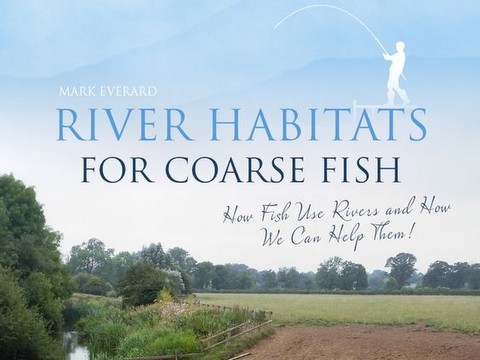
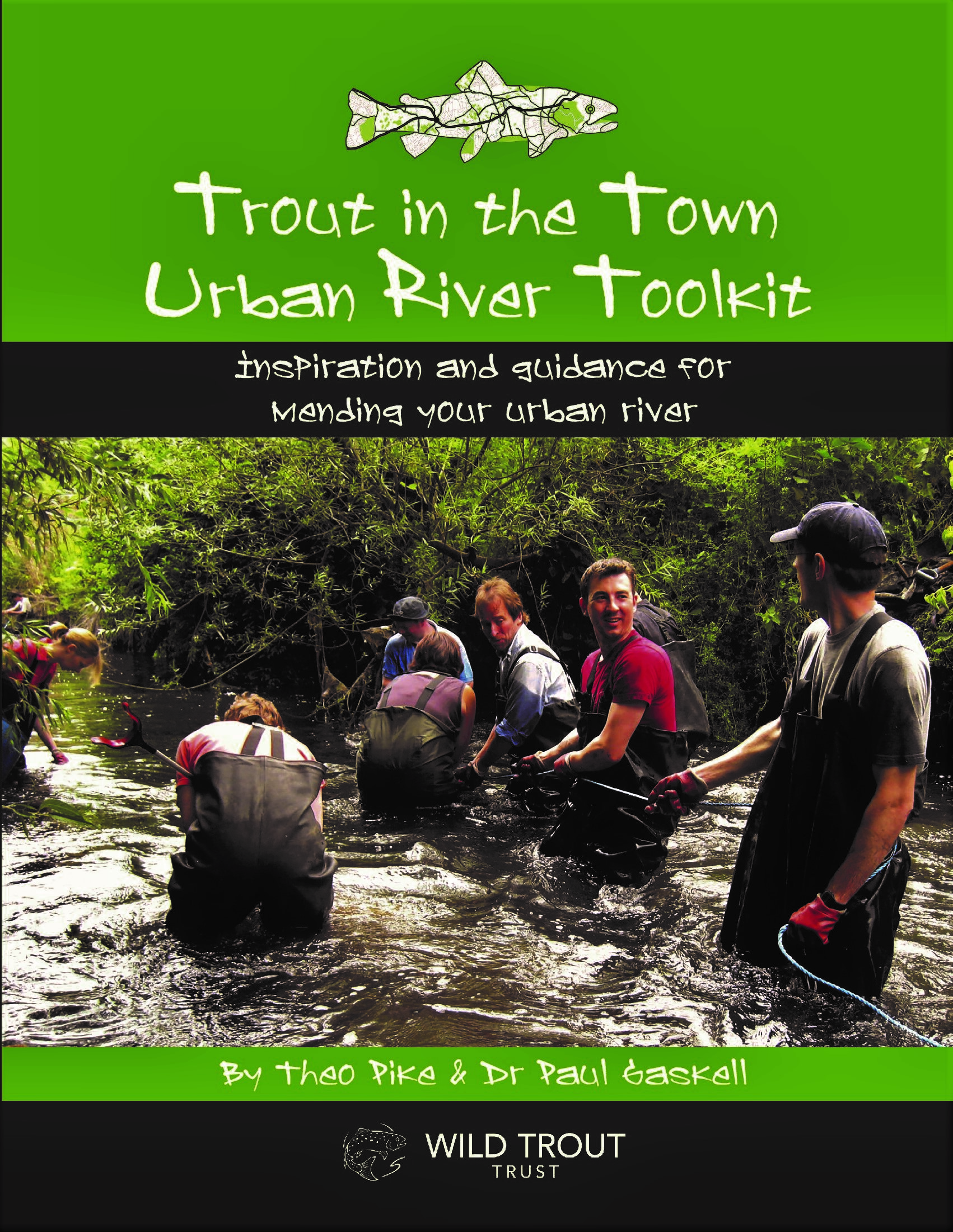
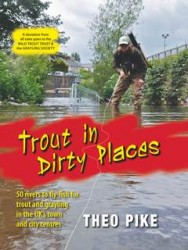
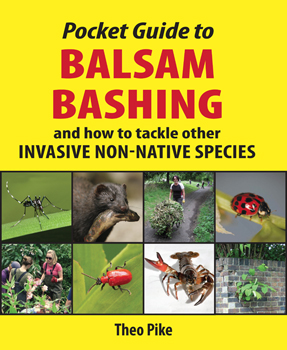
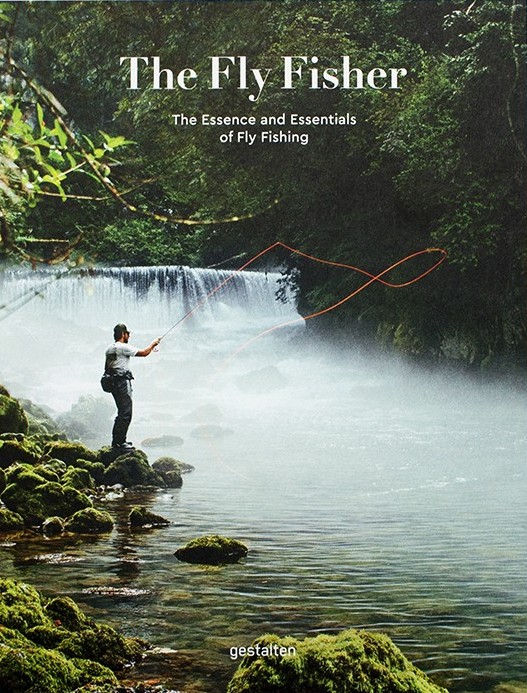
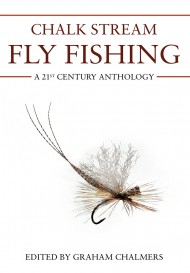
Leave a Reply